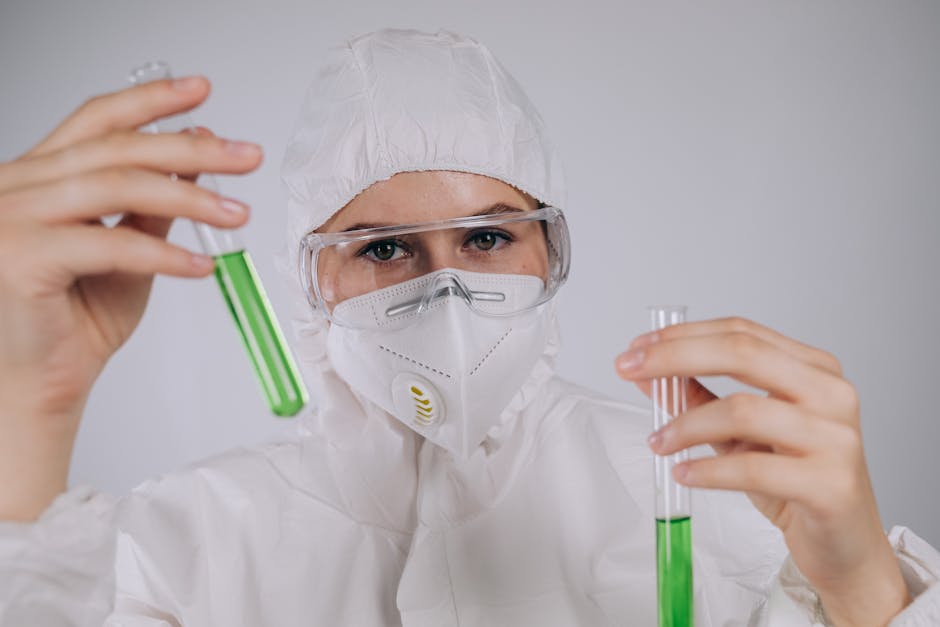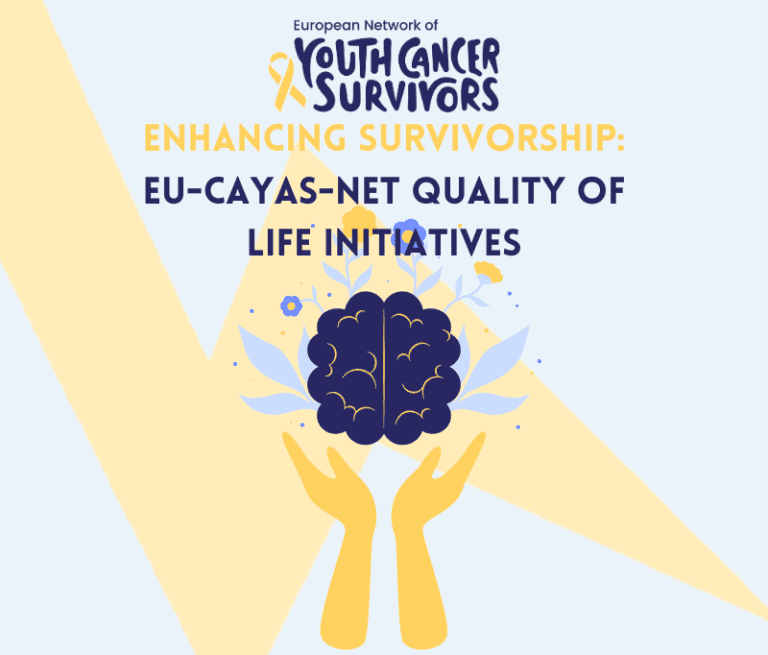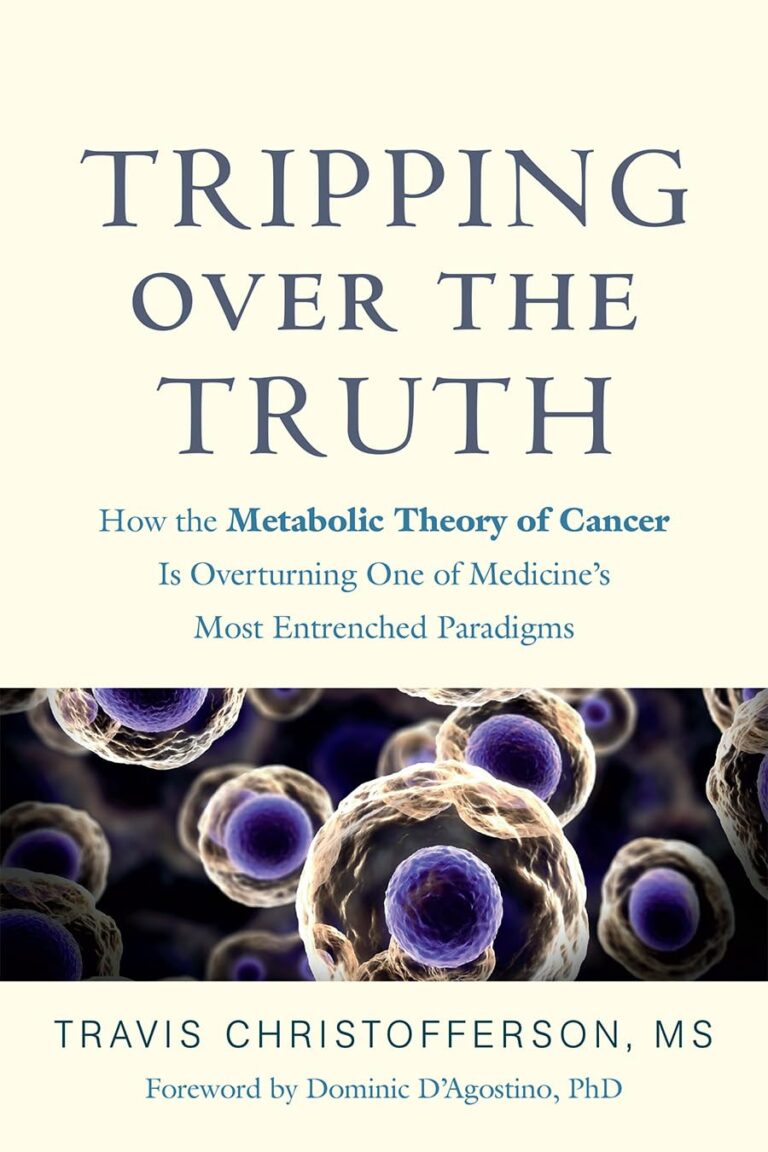 allogeneic stem cell transplant” class=”featured-image” />
allogeneic stem cell transplant” class=”featured-image” />
Overview
An allogeneic stem cell transplant involves transferring stem cells from a donor to a patient. These stem cells can develop into different types of blood cells, helping to replace damaged or diseased bone marrow. This procedure is crucial for treating certain cancers and blood disorders.
Key Information
Allogeneic stem cell transplants are typically used when a patient’s bone marrow is not functioning properly due to disease, chemotherapy, or radiation. The donor is often a sibling or unrelated individual with a compatible tissue type. Matching is done based on human leukocyte antigen (HLA) markers.
Clinical Significance
This type of transplant is significant in treating leukemia, lymphoma, and other blood-related disorders. It can restore the bone marrow’s ability to produce healthy blood cells and may provide a new immune system to fight cancer cells.
Treatment & Management
The process involves several steps, including finding a suitable donor, collecting stem cells, conditioning therapy, and transplanting the cells into the patient. Post-transplant, patients are monitored for complications such as graft-versus-host disease (GVHD), where the donor cells attack the patient’s body.
Patient Resources
Patients can access resources through hospitals, cancer centers, and organizations like the American Cancer Society. Support groups and educational materials are available to help patients and families understand the process and manage side effects.
Frequently Asked Questions
- What are the risks of an allogeneic stem cell transplant?
Risks include infection, GVHD, and organ damage. Close monitoring and medications help manage these risks.
- How long is the recovery period?
Recovery can take several months to a year, depending on individual health and complications.
- Who can be a donor?
Donors are usually siblings or unrelated individuals with matching HLA markers. Registries like Be The Match help find donors.

















Comments
Thank you. Comment sent for approval.
Something is wrong, try again later